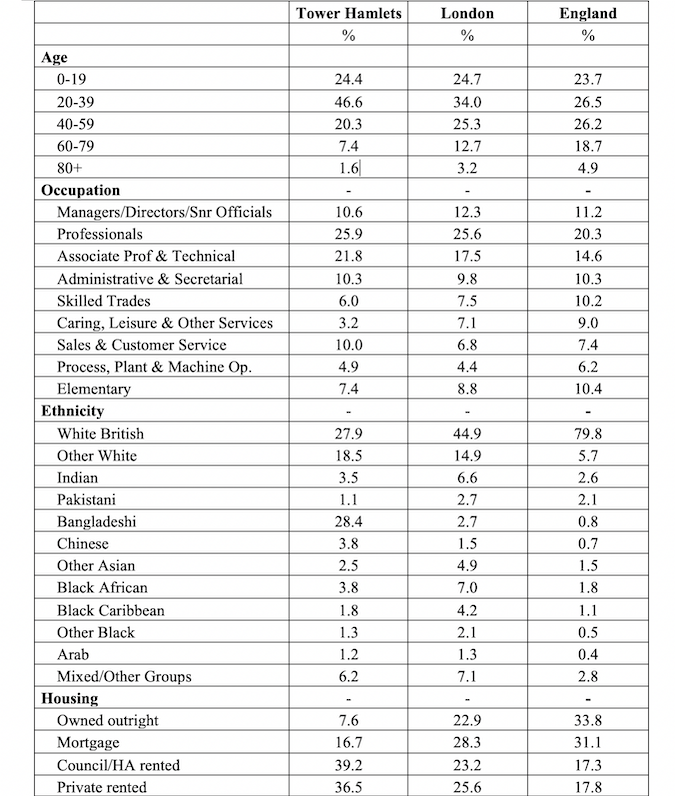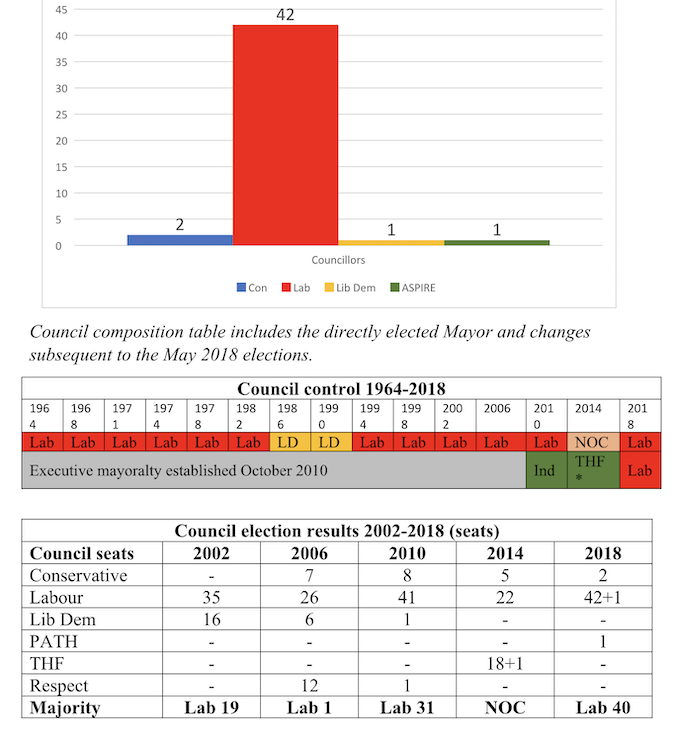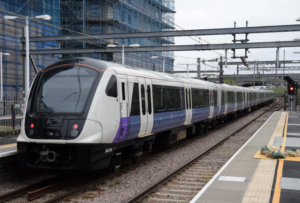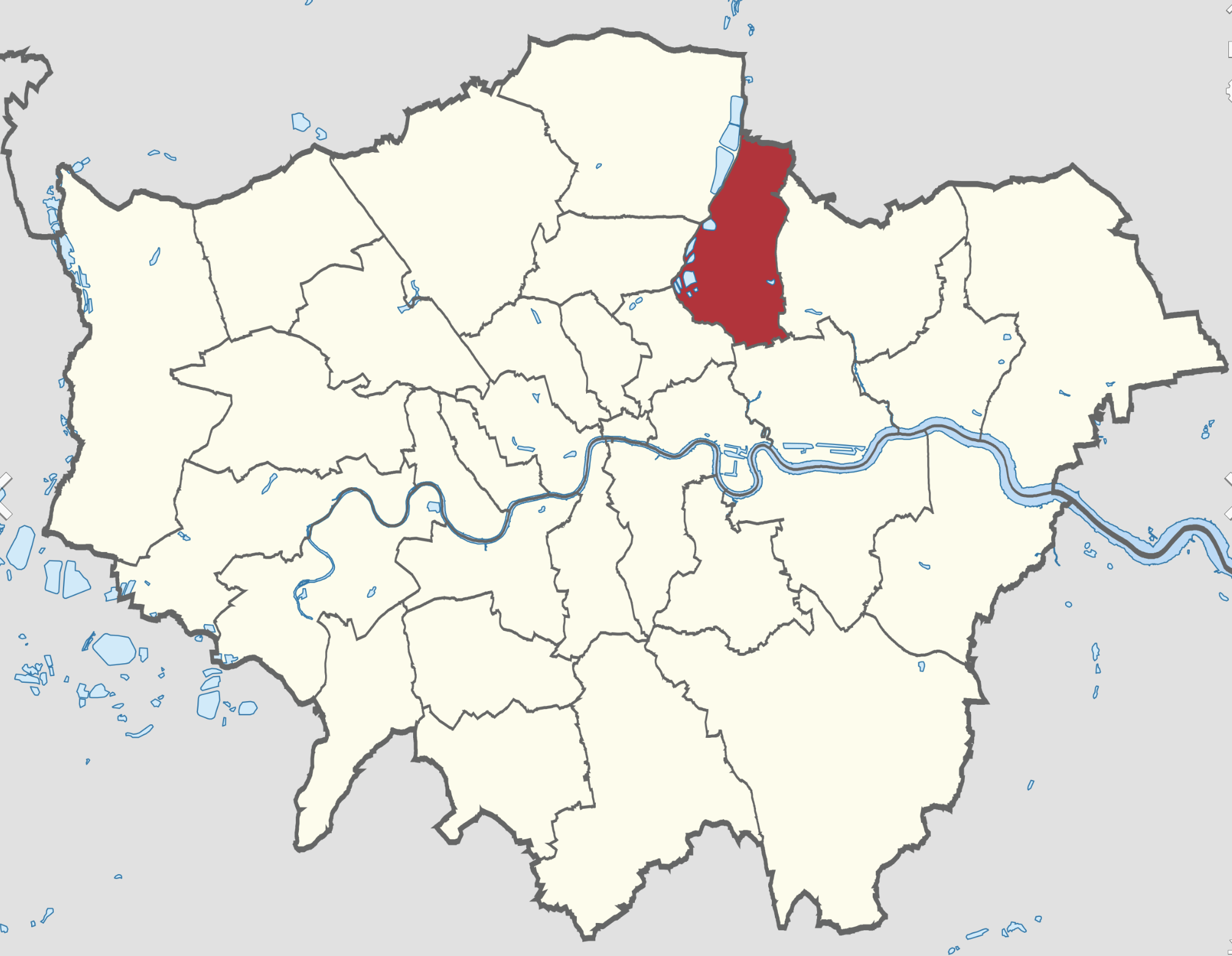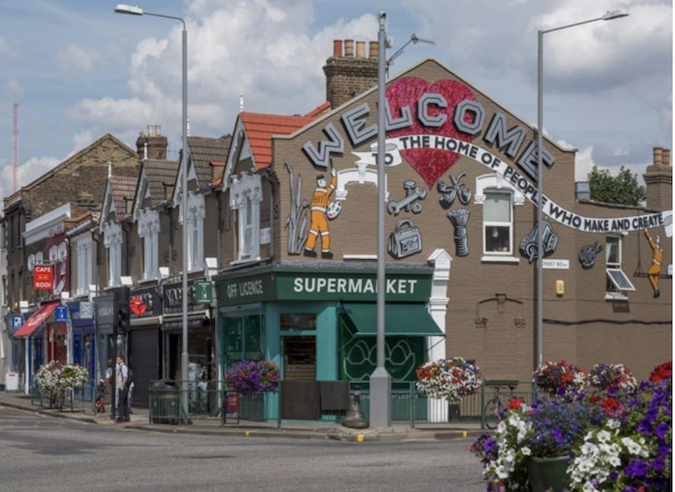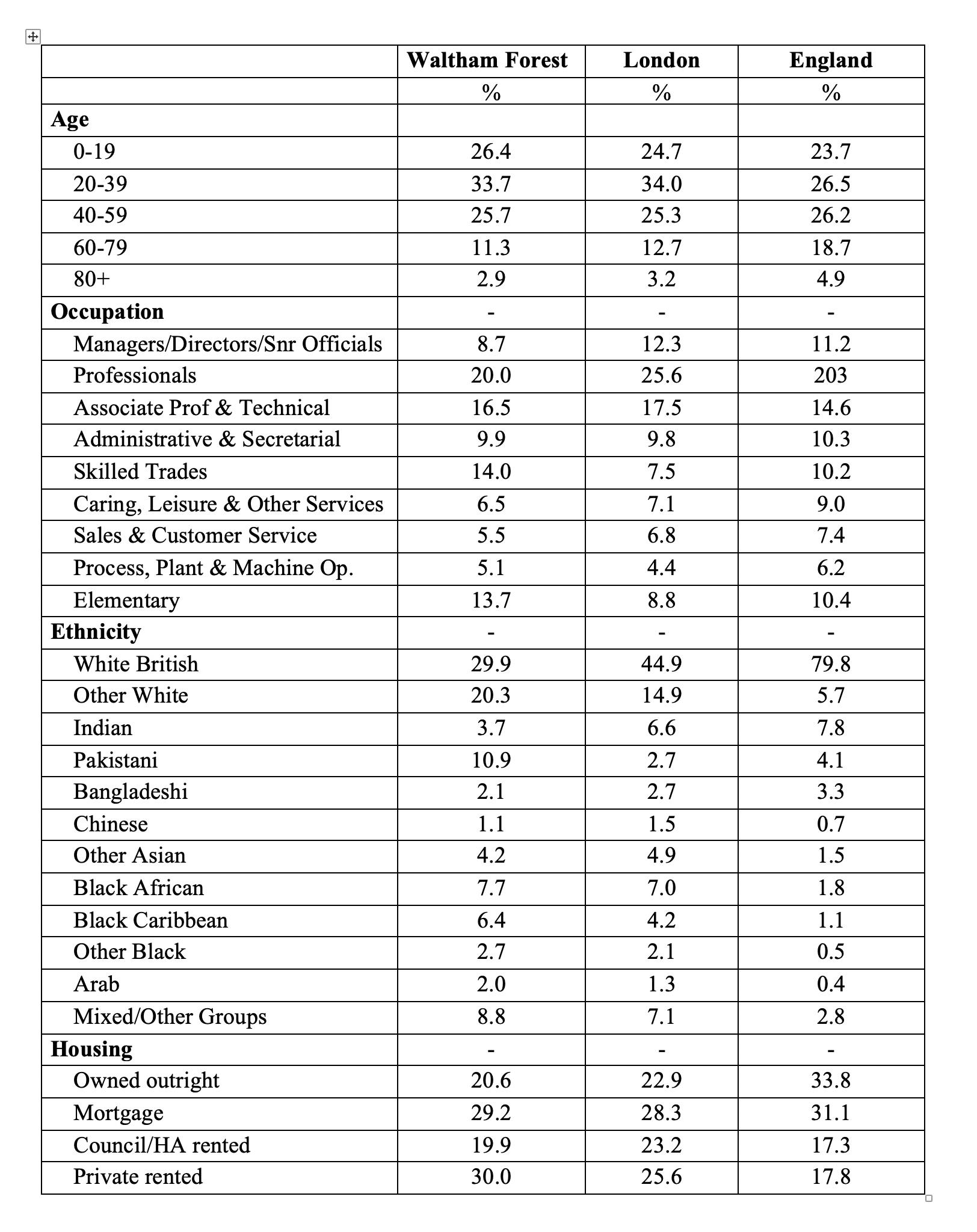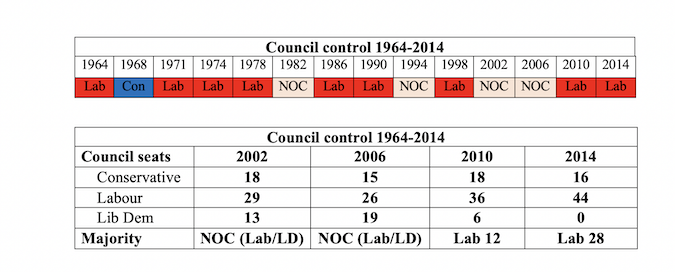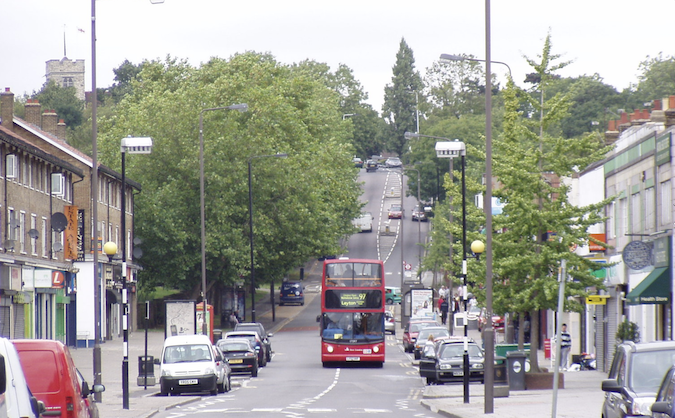Housing remains a top concern for Londoners. As they prepare to elect their next Mayor, it is worth pausing to explore what powers the Mayor actually has to shape the physical fabric of the city. The candidates will make big promises to tackle the housing crisis, but what are Londoners actually voting for?
The Mayor of London’s powers over housing and planning are substantial and have grown since 2000. The Mayor’s spatial strategy – the London Plan – provides a framework for every planning decision taken in London. The Mayor is also able to allocate funds for affordable housing and is a major landowner. And the ability to control transport alongside development is the envy of many other city governments, who lack the powers to link infrastructure provision to city-shaping.
*****
What formal powers and resources does the Mayor have?
Planning
The London Plan – prepared by the Mayor – is the spatial development strategy for London. It sets out policies – on everything from car parking to affordability – to which every borough’s detailed land use plan and planning decisions must conform. The plans are published in draft for public consultation, and planning inspectors hold public hearings to consider whether they are deliverable and in line with national policy. The inspectors’ reports are considered by the Mayor, and by national government ministers, who can instruct the Mayor to change the Plan if it clashes with national policy.
The Mayor also has specific powers over planning applications. If a proposal is of “strategic significance” (eg, if it is for a building more than 30 metres high or is for more than 150 homes), it must be referred to the Mayor for his views. The Mayor makes comments, which are reported to the local planning committee, but can also instruct the local planning committee to refuse planning permission or say that he wishes to take the decision himself, if he is concerned that the council’s decision might not be in line with his policies. Like borough planning decisions, those taken by the Mayor can be the subjects of appeal to Government.
The Mayor can also, like other planning authorities, charge community infrastructure levy (CIL) to pay for strategic infrastructure, and currently charges CIL to developers in some parts of London, to pay towards Crossrail and in the future towards Crossrail 2.
Development
The Mayor also has the power to establish mayoral development corporations to facilitate large-scale “regeneration” sites within the city. Development corporations can buy, own and develop land and take over planning powers within a designated area within a specific time-frame. But they can only be set up following public consultation and approval from the London Assembly. The Mayor sets their budget and strategic direction, and appoints the boards that oversee them. Two have been established to date: the London Legacy Development Corporation and Old Oak and Park Royal Development Corporation.
The Mayor can own land and develop it, and the Mayor has previously entered into development agreements to build 50,000 homes on land inherited from the London Development Agency. Transport for London – which is also run by the Mayor – also owns more than 5,000 acres of land in London, with more than 10,000 homes on 300 acres already in the pipeline, and more planned for future phases.
Housing
While the Mayor of London sets a separate housing strategy, many of his levers over what sort of homes are built in London are wired through the planning system. However, since 2011, the Mayor has also had the power to buy land for housing, and to allocate grants to help fund councils, housing associations and developers who are building affordable housing. This is a similar role to that played by Homes England outside London.
The government has allocated just under £5 billion for affordable housing in London for 2016-22, and the current Mayor has used this funding to promote new forms of affordable housing tenure (such as London Living Rent), to encourage council housebuilding, and to implement other policies (such as the requirement of residents’ ballots before the redevelopment of social housing estates). What the next Mayor plans to do with these funds, remains to be seen.
*****
What are the big tasks for the new Mayor? When the new Mayor enters City Hall in May, what should be top of the priority list?
First, the London Plan will need attention; as one version is formally issued, work begins on the next set of updates. The current draft Plan is awaiting final decisions by the Mayor and government, following the inspectors’ report. This argued that the Mayor’s targets for house-building on small sites were overambitious, and proposed a review of the Green Belt. Such a review, which has been suggested by Centre for London as well as other think tanks, seems increasingly urgent, but remains politically toxic. Reviewing the Plan, and considering how to reconcile the needs of a growing population with the constraints of land supply, will be an immediate priority for the next Mayor.
Second, the Mayor will also need to work with government to agree a funding settlement for the next phase of affordable housing delivery in London. All parties acknowledge the extent of need in London, though talk of ‘rebalancing’ might suggest a shift of investment. It will be important for the Mayor to make the case for investment in London and the south east, which remain the areas of highest demand and lowest affordability, whatever the political mix that emerges following the general and mayoral elections.
Finally, there is unfinished business in terms of mayoral powers. The current Mayor has said he would like powers to control private sector rents and oversee the licensing of private landlords, and this is likely to be a major campaigning issue. Alongside this, the London Finance Commission, which has sat under both the last two mayors, has argued for comprehensive devolution of property taxes, and the ability to reform these could be an additional tool in managing London’s housing market.
Richard Brown is deputy director of Centre for London think tank, on whose website this article was originally published. Follow Richard on Twitter. Photograph: Omar Jan.
OnLondon.co.uk exists to providing fair and thorough coverage of London’s politics, development and culture. It depends on donations, including from readers. Can you spare £5 a month (or more) to held the site keep going and growing? If so, follow this link. Thank you.










